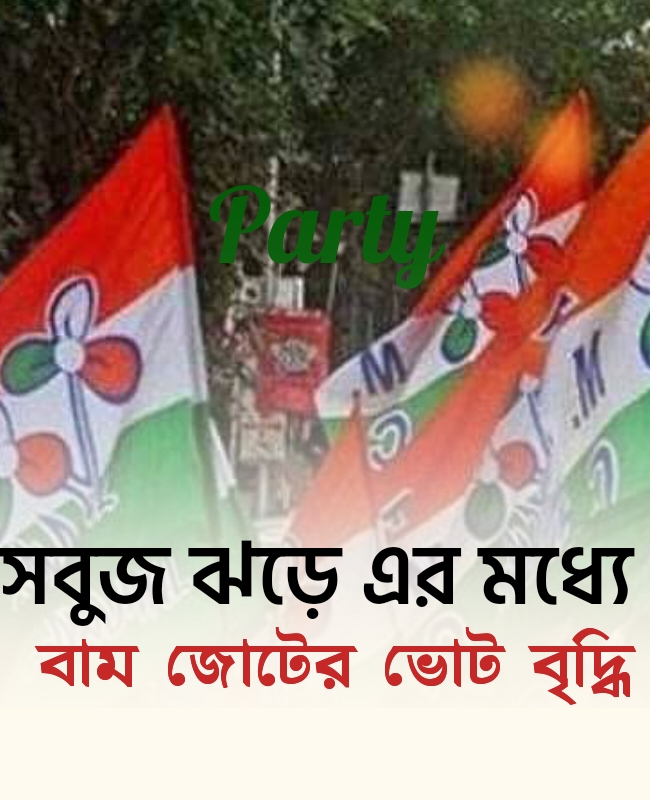Pohela Boishakh: A Celebration of New Beginnings Across Nations
By Sankar Pal
As the Bengali New Year approaches tomorrow, it brings with it the vibrancy of Pohela Boishakh, a festival not only significant to Bengal but celebrated across various regions and cultures. Interestingly, this year’s Bengali New Year coincides with the Marathi festival of Gudi Padwa, emphasizing the diversity and richness of regional calendars in the Indian subcontinent and beyond.
Pohela Boishakh, marking the start of the solar calendar, is observed in Bangladesh, West Bengal, and across neighboring countries like Myanmar, Thailand, Laos, Cambodia, and Sri Lanka. Each of these nations celebrates the day with unique traditions deeply rooted in their history and culture. It is also an important day for communities in Tamil Nadu, Kerala, Punjab, Assam, Odisha, and Nepal.
A Common Thread in South and Southeast Asia
A noteworthy aspect of Pohela Boishakh is its significance in Theravada Buddhist-majority nations such as Myanmar, Thailand, Laos, Cambodia, and Sri Lanka. These countries celebrate their New Year on this day, which often coincides with the Songkran or Thingyan water festivals. Though no direct link has been established between the Buddhist observance of Pohela Boishakh and Buddha’s birth or enlightenment day (Vesak), the celebration carries an undeniable cultural and spiritual resonance.
Interestingly, countries with Mahayana Buddhist influence, such as Tibet, Mongolia, or Bhutan, do not celebrate their New Year during this time. Similarly, Mahayana-majority countries like China, Korea, Japan, and Vietnam follow their own calendar systems.
The Indian Connection
Pohela Boishakh also carries a Brahminical heritage, tracing its roots to the Surya Siddhanta, an ancient Indian astronomical text. This text influenced calendars in Myanmar, Thailand, and other Southeast Asian nations. Through trade, migration, and the influence of rulers such as the Pallavas, Indian culture spread to Southeast Asia, leaving an indelible mark on their calendars and traditions.
For instance, the Burmese Pyu city-states adopted the Indian Shaka calendar in the first century CE. Over time, the Burmese calendar, influenced by Indian traditions, became widespread during the Pagan Empire of the 11th century. Similarly, Thailand’s kings retained Hindu Brahmin astrologers who calculated auspicious dates and rituals.
Variations in Indian New Year Celebrations
In India, the celebration of New Year varies significantly across states and communities. While Bengal, Assam, Odisha, Tamil Nadu, and Kerala celebrate Pohela Boishakh as the solar New Year, states like Maharashtra, Andhra Pradesh, Telangana, and Karnataka observe their New Year—known as Gudi Padwa or Ugadi—based on the lunisolar calendar.
Tamil Nadu and Bengal, despite celebrating on the same day, follow different months. For Tamils, the day marks the beginning of the Chithirai month, while for Bengalis, it begins the month of Boishakh.
In Gujarat, the New Year coincides with Diwali, while Sikhs in Punjab celebrate the start of their calendar on Baisakhi. Similarly, the Kurmi community in Bengal and Jharkhand observes their New Year on the day after Makar Sankranti, marking 1st Magh.
A Celebration of Unity
Pohela Boishakh serves as a unifying thread, bringing together diverse cultures, religions, and geographies. It is a day when a Buddhist from Thailand, a Sikh from Punjab, a Muslim from Bangladesh, and a Hindu from Tamil Nadu collectively welcome a new beginning, each in their unique way.
As the world prepares to celebrate Pohela Boishakh, let us embrace the spirit of harmony and shared heritage that this day symbolizes. Here’s wishing everyone a joyous and prosperous New Year!
(Infographic by author. Sources: Wikipedia and historical archives)










